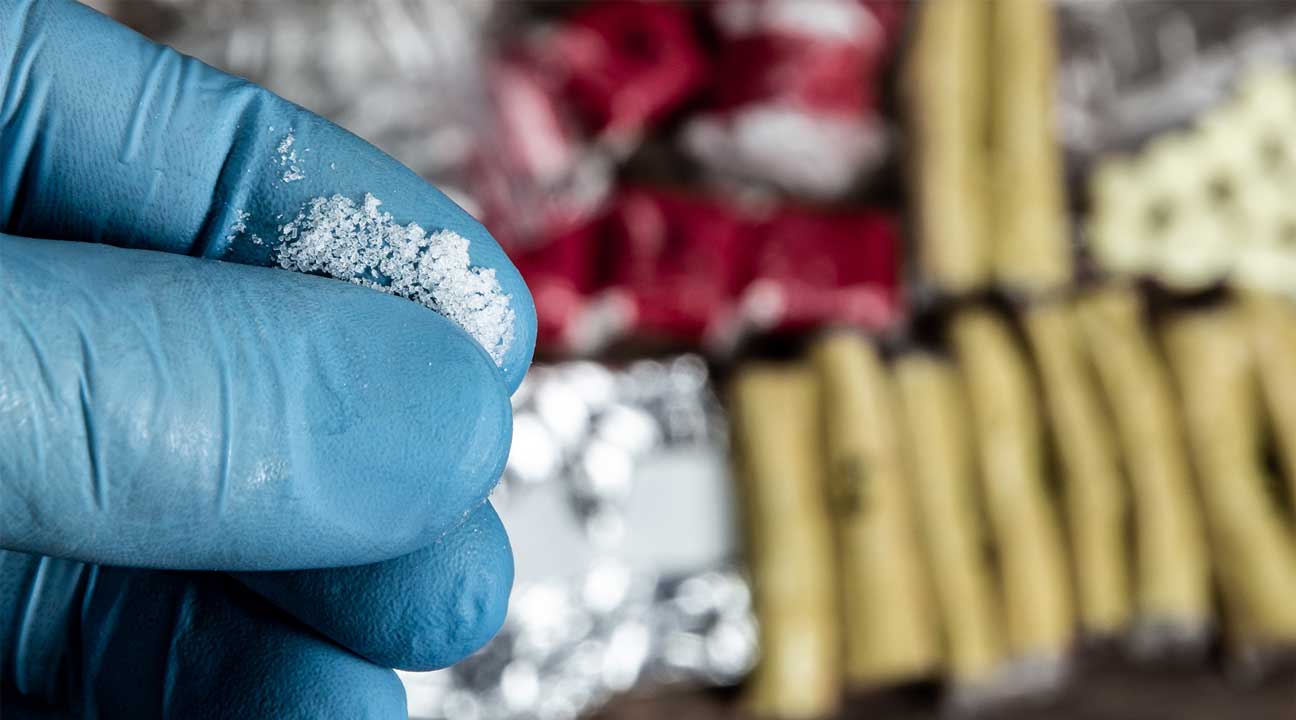

It remains in the blood for two days and in the urine for four days. Individual health factors (body fat, age, health conditions, etc.)Ĭocaine can usually be detected in a person’s system for 2 to 10 days.Several factors affect how long cocaine stays in the system: How Long Does Cocaine Remain in The System? This can affect how the brain responds to stress, so some people may use cocaine to cope with stress. Research shows that cocaine impacts glutamate neurotransmission. This causes the surge of euphoria users feel.Ĭhronic cocaine use can change the brain. Cocaine accelerates dopamine accumulation. Dopamine is the neurotransmitter associated with how people feel pleasure. How Does Cocaine Impact the Nervous System?Ĭocaine changes how the brain responds to and uses dopamine. Users often feel exhausted both physically and emotionally. The “comedown” from cocaine ( cocaine withdrawal) can result in increased depression and anxiety. They may binge for several hours or days. Users may binge on cocaine to maintain these heightened feelings. This feeling lasts about 10 to 30 minutes. People often feel hyper-aware, and they may feel more confident and sexual. What Does Cocaine Feel Like?Ĭocaine usually evokes a sense of euphoria coupled with enhanced alertness and energy. Talc, a common additive, tastes like baby powder. The way cocaine tastes depends on how manufacturers mix other substances with it and can vary from salty to sour to sweet. Most people can’t detect the odor unless they’re holding cocaine close to them. Other times, it smells like gasoline, burnt rubber, or melting plastic.
#Drug smells like burnt rubber crack
Crack cocaine looks like crystalline rocks. The hues change based on the different substance mixtures. Hues can vary from white to pink to beige.

He believed it could cure headaches, stomach problems, and exhaustion.Ĭocaine use progressed until the early 1900s. Pemberton considered his drink medicinal. People didn’t recognize the harm of using it in smaller doses. In 1886 John Pemberton, the inventor of Coca-Cola, used coca leaves in his new soft drink. He touted it as a cure within the psychiatric community and wrote articles describing it as a magical substance. The famous psychoanalyst, Sigmund Freud, used cocaine himself. German chemist, Albert Niemann, first manufactured cocaine in 1859. Research shows that Incas chewed coca leaves to improve their breathing while living in high altitudes.

That said, many people have misconceptions about the drug. Most people recognize cocaine as an addictive, harmful substance.


 0 kommentar(er)
0 kommentar(er)
